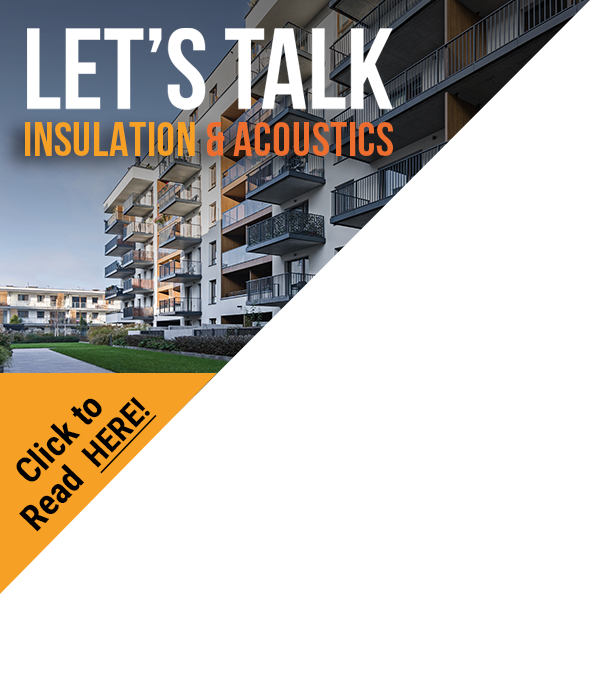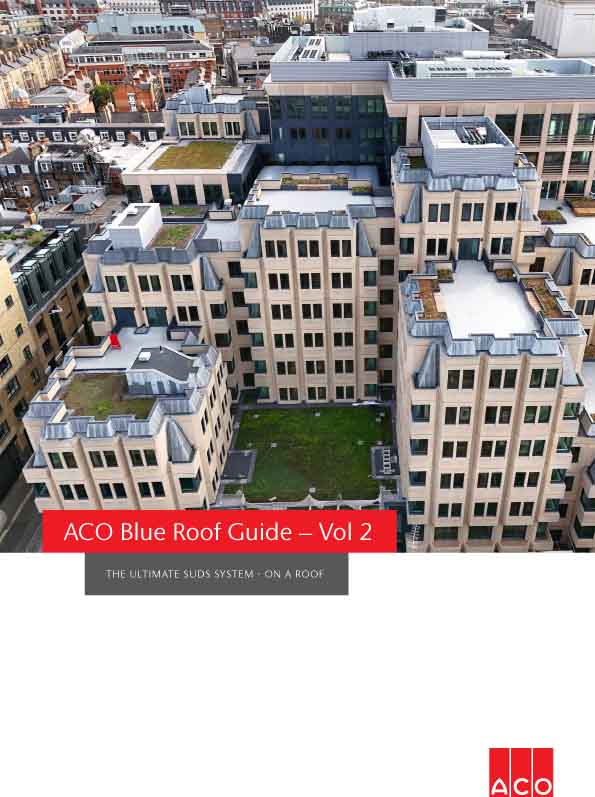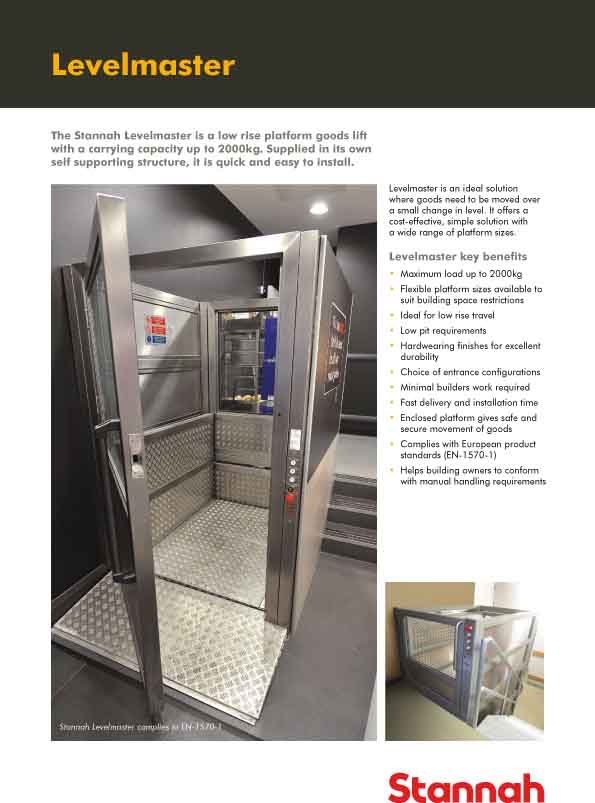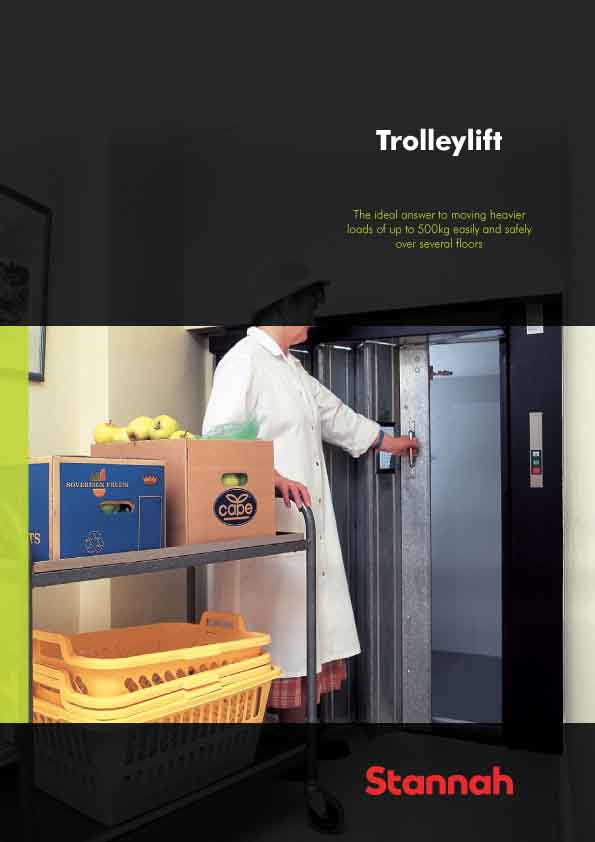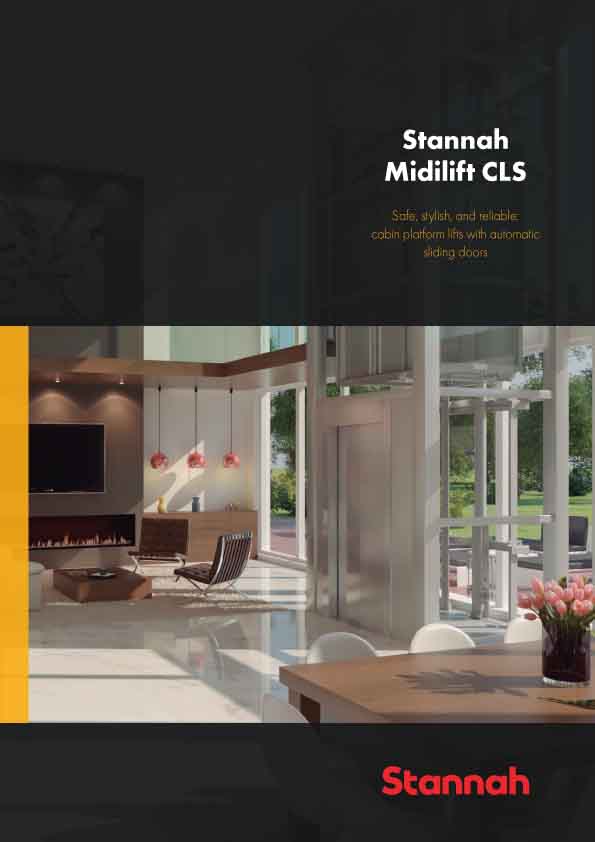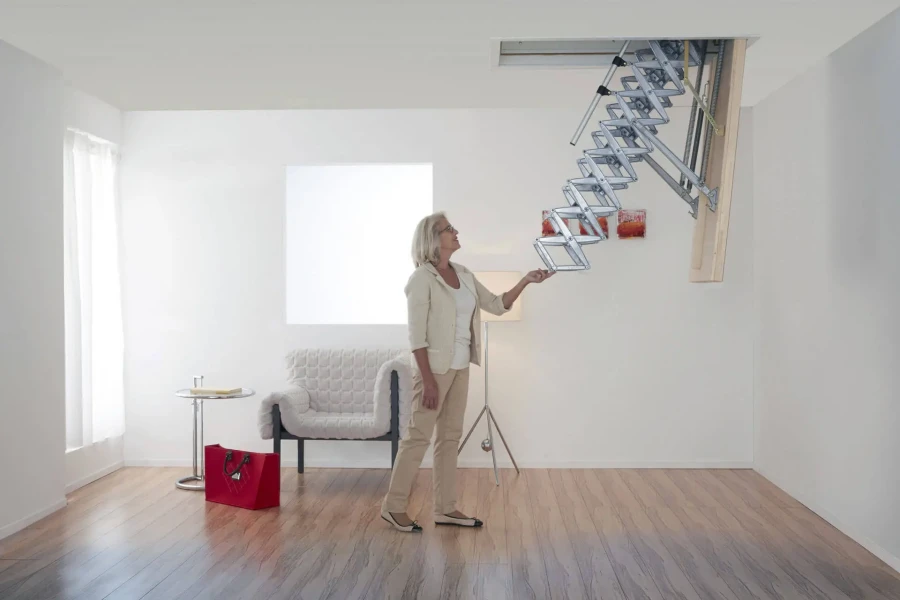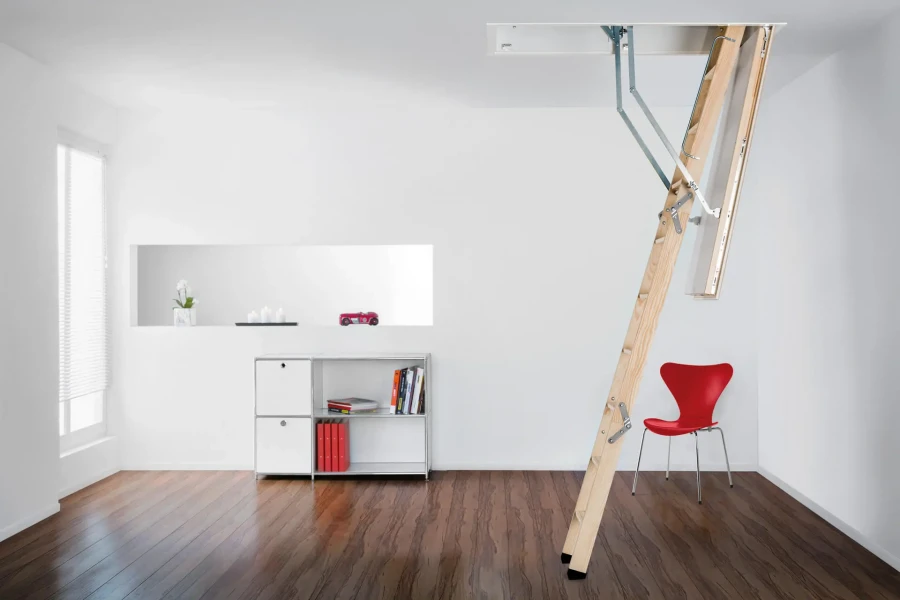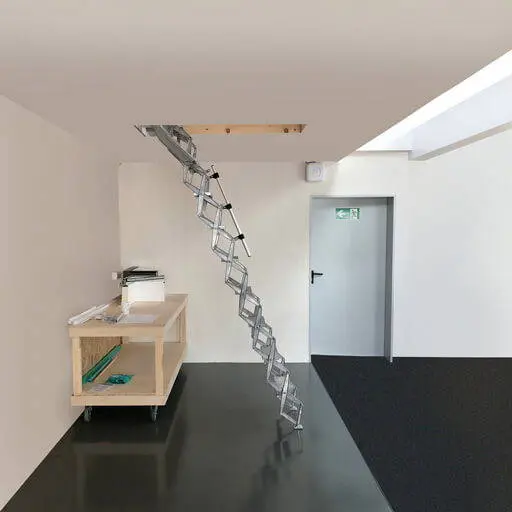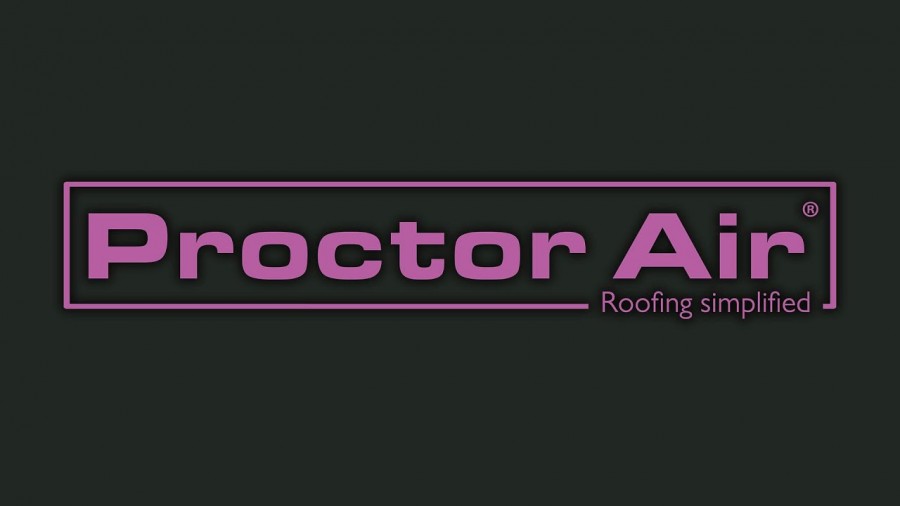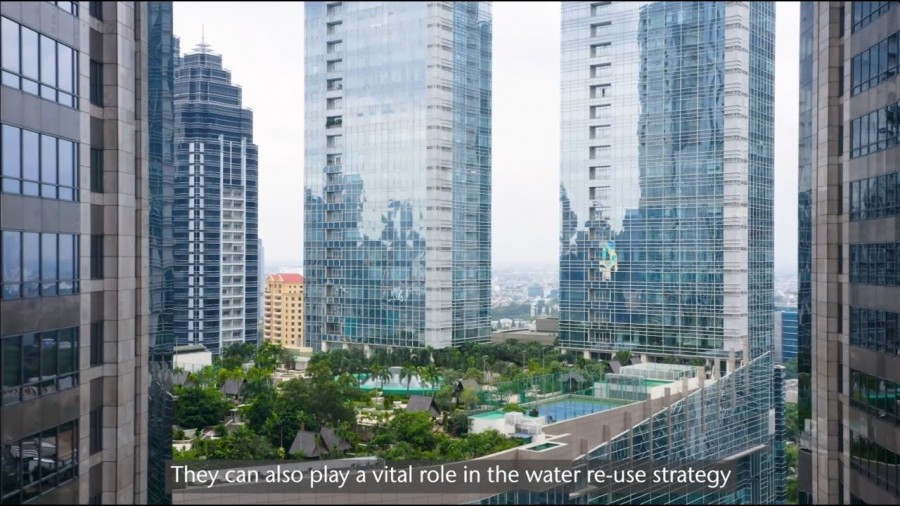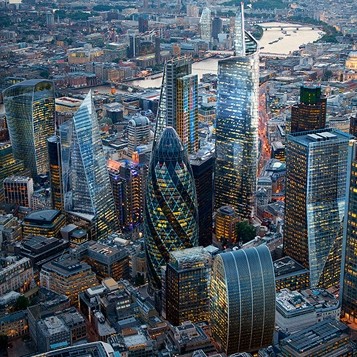
The RIBA Future Trends Workload Index was unchanged this month, remaining at a very positive +28 in August 2014.
Sentiment about future workload prospects for the architects’ profession has been strong throughout 2013 and 2014, and we are now beginning to see this reflected in increased levels in the aggregate value of work in progress.
The overall recovery in confidence levels continues to be widespread across the whole of the UK, with all nations and regions returning balance figures above +20. RIBA Director of Practice Adrian Dobson said: “The most optimistic forecasts this month were from our practices in Scotland, Northern Ireland and the Midlands and East Anglia, indicating that the high confidence levels have now spread right across the UK as all nations and regions begin to see an improving workload situation.”
In terms of practice size, small practices (1 – 10 staff), with a balance figure of +24, remain positive about the outlook for future workloads, but medium-sized practice (10 – 50 staff) with a balance figure of +65, and large-sized practices (51+ staff) with a balance figure of +40 are somewhat more confident.
In terms of different work sectors, the private housing sector forecast fell back somewhat to a balance figure of +23 in August 2014, down from +29 in July 2014. However, both the commercial sector forecast (balance figure +23) and the public sector forecast (balance figure +4) saw increases in August 2014. Our community sector forecast was unchanged with a balance figure of +3. All four of our sector workload forecasts currently stand in positive territory, but the private housing and commercial sectors clearly remain the most robust at present.
The recovery in architects’ workloads, which has been sustained throughout 2014, continues to be driven primarily by growth in the commercial and private housing sectors.
The RIBA Future Trends Staffing Index increased this month, rising to +13 in August 2014 compared with +10 in July 2014, and remaining strongly in positive territory. The overwhelming majority of practices (96%) expect their staffing levels to either stay the same or increase during the next quarter, indicating that the architects’ profession remains confident about maintaining the momentum of recovery. However, we are not yet seeing this confidence manifest itself in a significant increase in aggregate staffing levels across the profession.
In July 2014, the percentage of our respondents reporting that they had personally been under-employed in the current month was 13%.
Anecdotal commentary received suggests that the overall market outlook for architects’ services continues to improve, with many practices reporting a significant increase in their overall work levels. However, there remains significant competitive pressure on fees and profit margin on projects often remains very tight.
Many practices continue to report that maintaining adequate cash flow remains a challenge, often exacerbated by low fee levels and delayed receipt of fees, but the overall picture remains optimistic and the general upswing is maintaining momentum.
